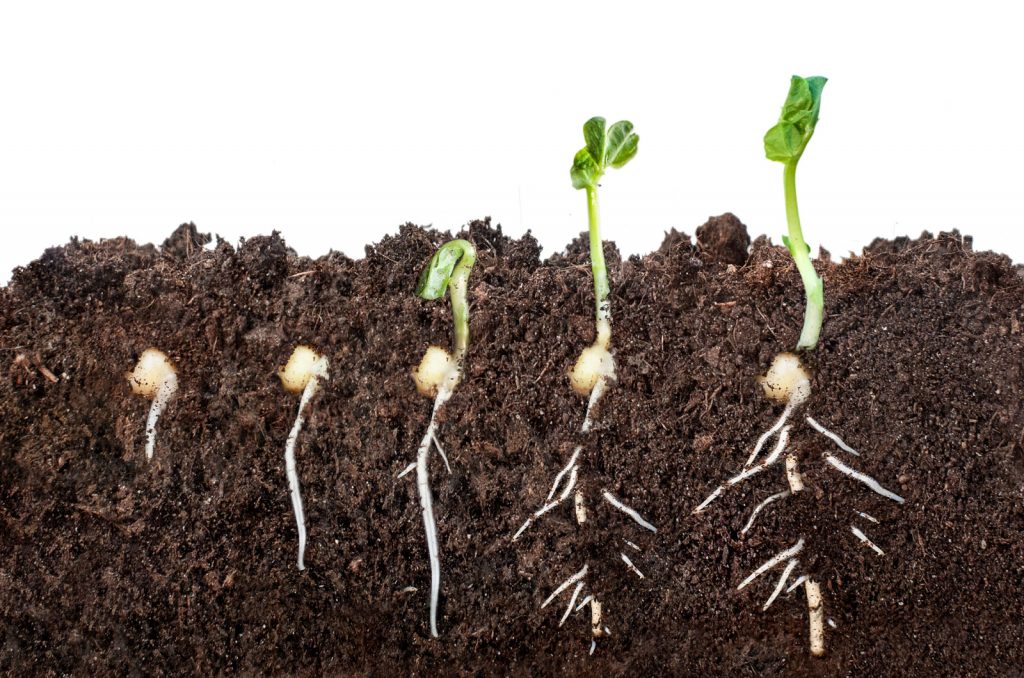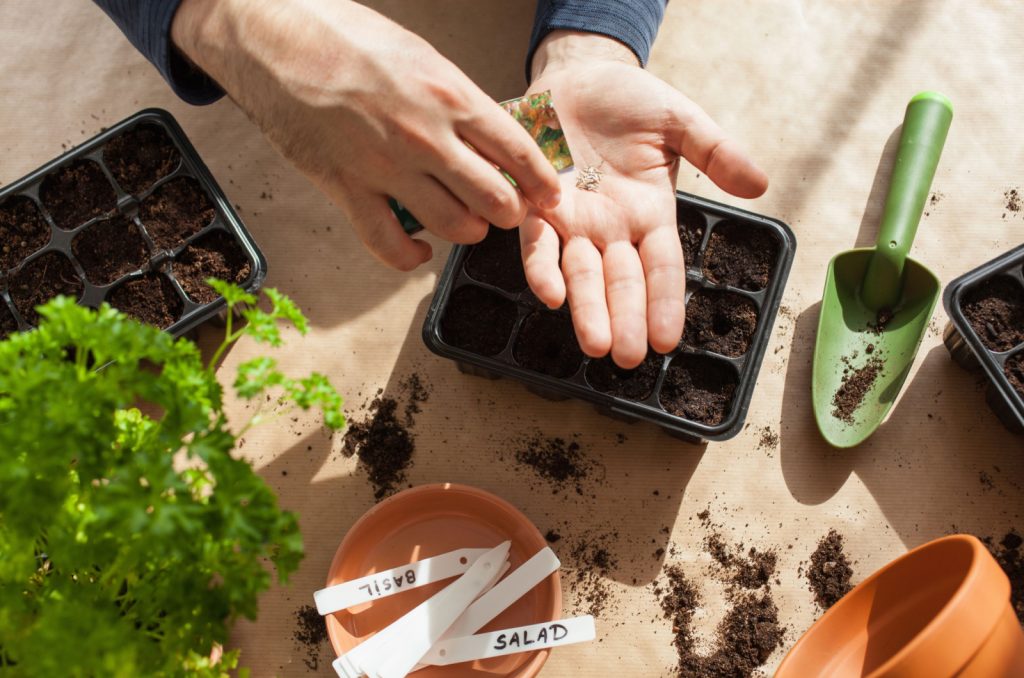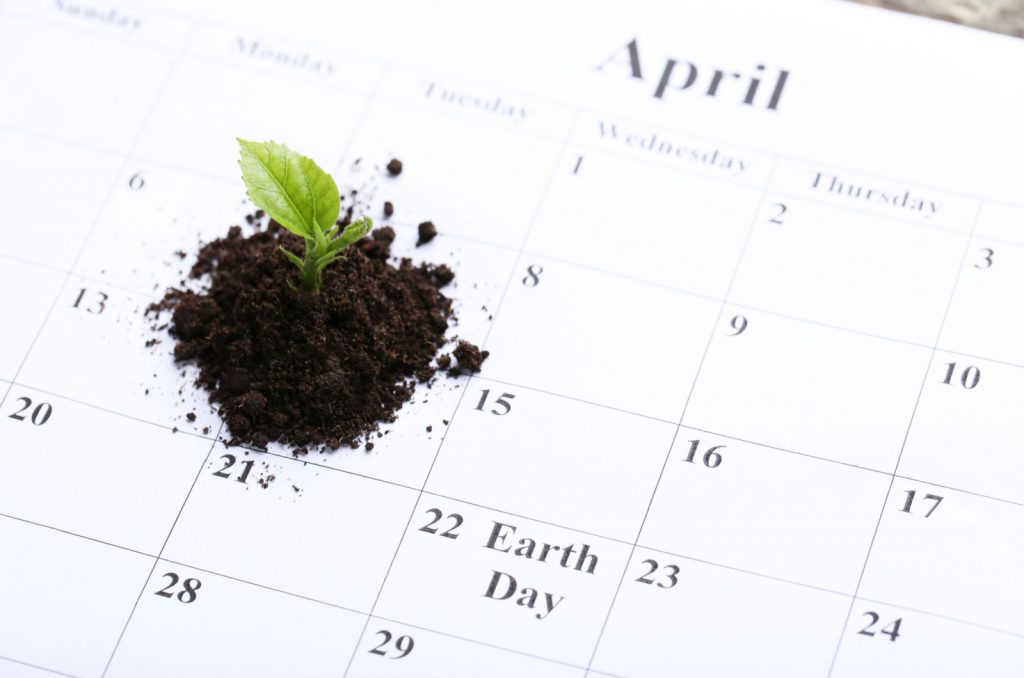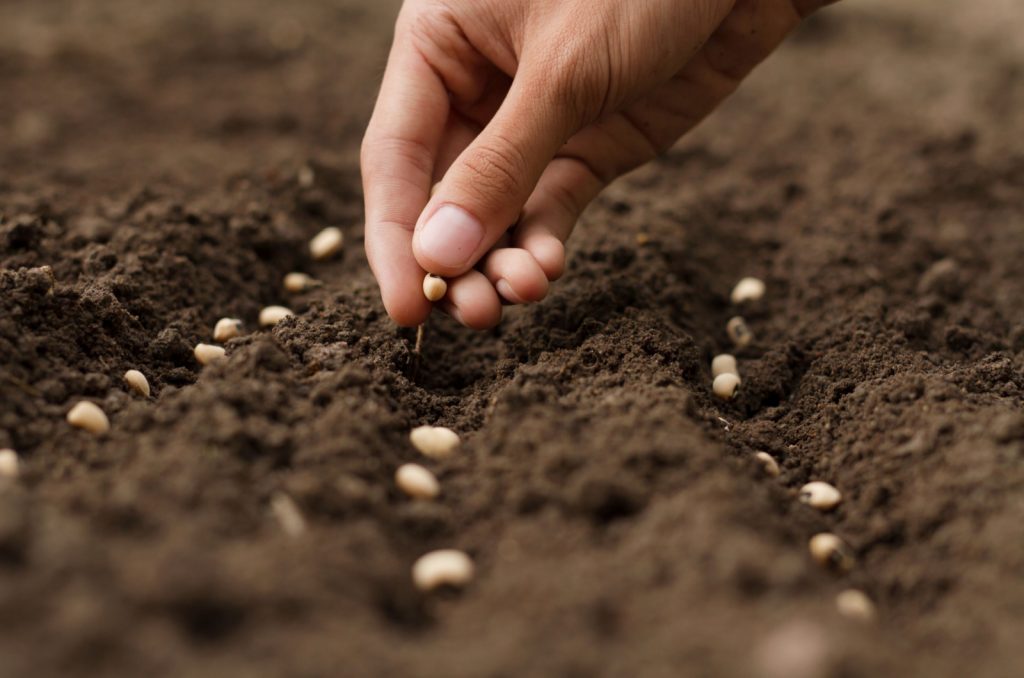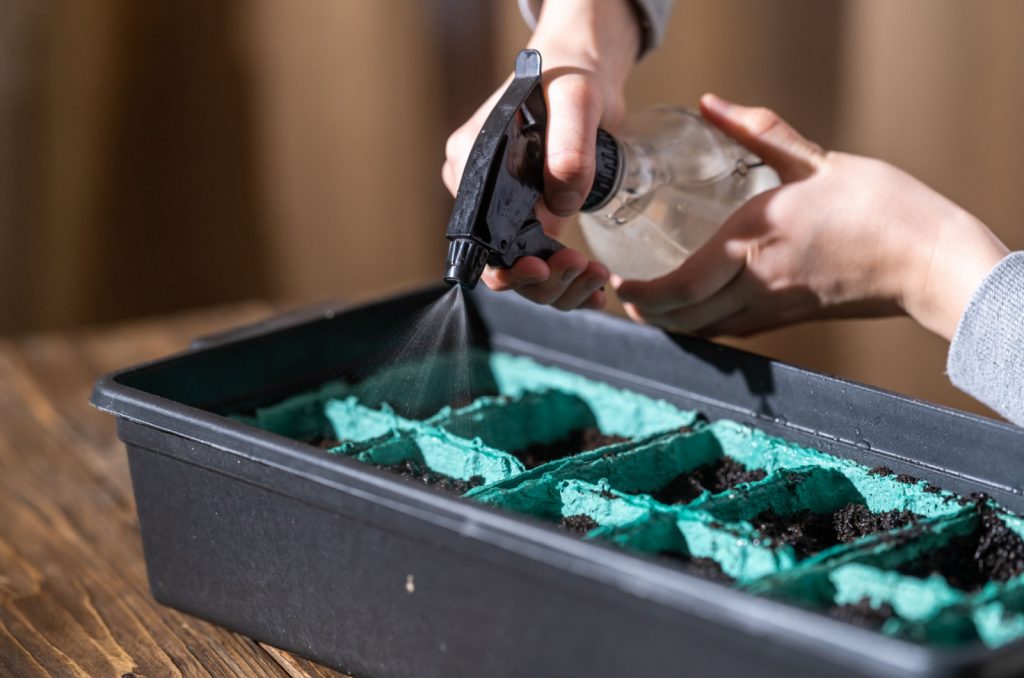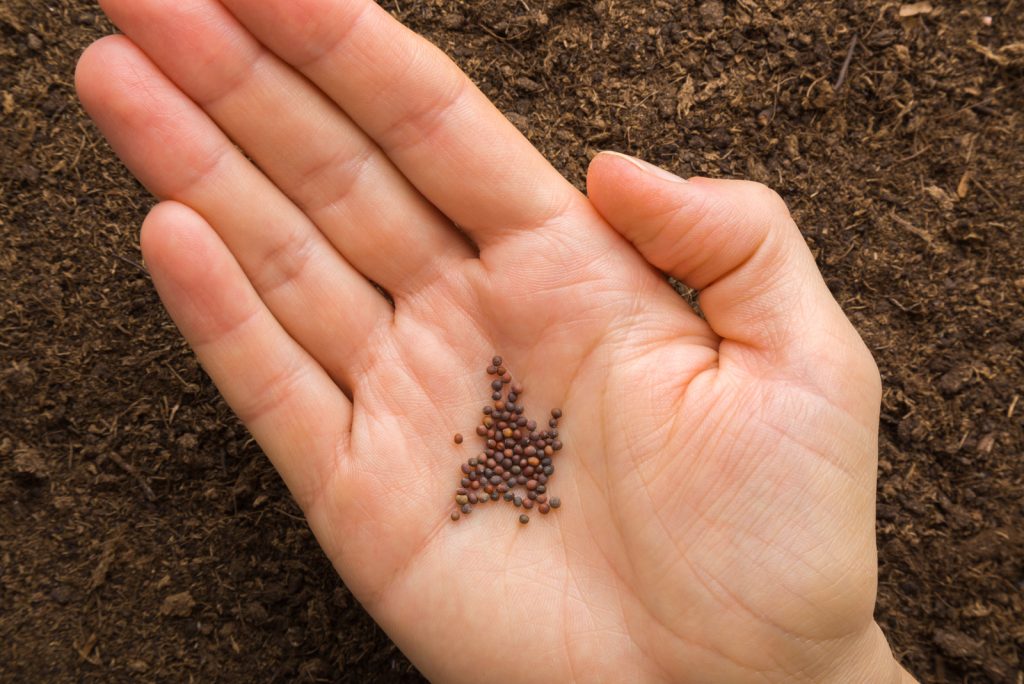If you’re planning to grow your own garden and cultivate vegetables from the seeds, then you have likely heard that one of the most stressful parts is seed germination.
The soil temperature must be adequate, and you have to keep watering the seeds so that they have just enough moisture for germination. Keep in mind that different plants and veggies have different germination rates.
For instance, you might see little sprouts in just a few days, but some vegetable seeds might take 3 weeks to germinate!
All you have to do is provide the best possible conditions and wait patiently.
If you want to learn more about germinating seeds, then keep reading!
Germinating Seeds: What Is Seed Germination?
Seed germination (seed starting) is the first developmental process in the life cycle of plants, which is followed by post-germinative growth. A seed begins to germinate in a favorable environment in response to environmental stimuli such as light, temperature, soil elements (particularly nitrate), and the biochemical mechanisms of response.
A seed’s germination is defined as beginning with the intake of water, and ending when the radicle emerges from the seed coat.
Then, if the germination temperature and moisture are satisfactory, the primary roots and secondary roots develop. From now on, the plant will develop rather quickly; and soon the sprouted seed will develop into first leaves above the soil surface, also known as cotyledons.
After some time, the first leaves will be replaced with the true leaves, which are actually the leaves that you see on the mature plant. The plant will then reach the seedling stage, from which it can be transplanted to a vegetable garden outdoors.
Read also: Tomato Seedling Stages: Growing Your Own Tomatoes At Home
How Long Does It Take For Seeds To Germinate?
As we mentioned, certain types of seeds germinate more quickly than others. What affects seed germination the most are soil and air temperatures, soil quality, and available moisture.
This is why we don’t directly sow the seeds in the ground early in spring, but start the seeds indoors before the last frost date instead.
Nonetheless, the optimum temperature for most seeds is around 70 degrees Fahrenheit.
Here is a list of vegetable seeds and their germination period:
[table id=461 /]
How To Germinate Seeds
Although most seed types have similar germination requirements, I would recommend you do a little research before planting any type of seeds. For instance, some flower seeds require exact room temperature in order to germinate.
If you are a beginner gardener, you should start with some plants that can germinate in various conditions — these include tomatoes, zinnias, marigolds, nasturtium, and basil (many herbs are highly likely to germinate).
All you need to do before planting is prepare the materials:
• Seed starting mix
• Seed packet
• Seed tray/seedling trays
• Grow lights (if necessary)
• Heat mat (if necessary)
Check The Planting Calendar
Most seeds can be started indoors, but some veggies like beans and squash should be started outdoors. We usually start delicate seeds that could be damaged by frost and cold soil temperature indoors — this is done to extend the growing season so you can yield numerous crops and fruits!
When to start seeds indoors is displayed on the seed packaging, though it is usually three to six weeks before the last frost date.
Prepare The Growing Medium
You can always use a store-bought seed starting mix that contains all the necessary nutrients for seed germination, or you can create one on your own!
Never reuse old potting soil, and also avoid using garden soil for growing seeds.
You should soak the growing medium before putting it in the seed trays. Now, this doesn’t mean that the soil should be soaking wet — rather, it should be slightly moist. To prevent gaps, fill the pots to the top and compact the soil firmly.
The wrong soil type might be the reason your grass seeds are not germinating.
Remember that the optimal temperature for seed germination is around 70 degrees Fahrenheit. Make sure that the air circulation is satisfactory in the room where you are planning to keep your little seedlings.
Sow The Seeds
Instructions for sowing the seeds can also be found on the packaging. However, a general rule is to sow the seeds an inch or so deep (twice their width). Smaller seeds are usually sown about 1/8 or 1/4 of an inch, while larger seeds are sown deeper.
However, there are other methods that you can use for faster seed germination. The paper towel method is the most popular one, though you can also try scarification (nicking a seed’s coat with a knife or sandpaper to allow moisture absorption).
Use The Paper Towel Method For Seed Germination
My friend saw this on TikTok and wanted to share it with me, but my fellow gardeners have already told me about this awesome trick, which is putting the seeds in a paper towel and tracking their germination!
When you plant seeds in the soil, you can only hope and pray that they will germinate. With the paper towel method — you can simply check if the seeds have sprouted!
This is a soilless method that only requires a paper towel, a spray bottle, and some seeds.
Remember that consistent moisture is crucial here!
Put a folded paper towel in the bottom of a container, use a spray bottle to add some moisture, but don’t create a puddle, then place the seeds on the towel and cover the container with the lid or a plastic bag.
Keep them in warm temperatures, water the towel if it dries out, and that’s it! You will be able to see if the seeds have germinated.
Let The Light In
Young seedlings need a lot of direct sunlight. Choose a sunny location in your garden (if you directly sow the seeds), or put the seedling trays on a windowsill that gets plenty of sunlight.
Without proper light conditions, the seedlings might be leggy and weak.
You can always invest in a good set of growth lights (they are pretty cheap on Amazon).
Water Is Life
Water is crucial for seed germination and further development. Your little seeds will thrive in evenly moist soil — that is, not too wet or too dry.
You can use a spray bottle to evenly distribute the water.
Seedlings tend to become leggy and deteriorate because of overwatering. Soggy soil attracts numerous fungi, such as mold, root rot, and damping off diseases.
Seedling Stage
This is when you want to transplant your little plant and start fertilizing. In some cases, you will have to thin your seedlings — this is done by using tweezers to remove the sprouts.
Transplanting seedlings can sometimes be difficult as they are delicate, but if you are being careful you won’t have any major issues!
Keep them in warm temperatures, provide them with good plant food, and make sure that the air circulation is good.
Read also: Everything You Need To Know About Cucumber Seedlings
To Sum Up
You’ve now seen that germinating seeds isn’t that complicated!
To get the seeds to end dormancy and become activated, all you have to do is provide them with enough moisture, warm temperatures, and some oxygen. Soon, you will be able to see those little leaves coming out of the soil.
You will be so proud of yourself, and you should be!
Keep on with proper plant care and enjoy those delicious fruits and veggies throughout the growing season.
I hope this article was helpful.
Until next time!
Like this post? Share or pin it for later!

